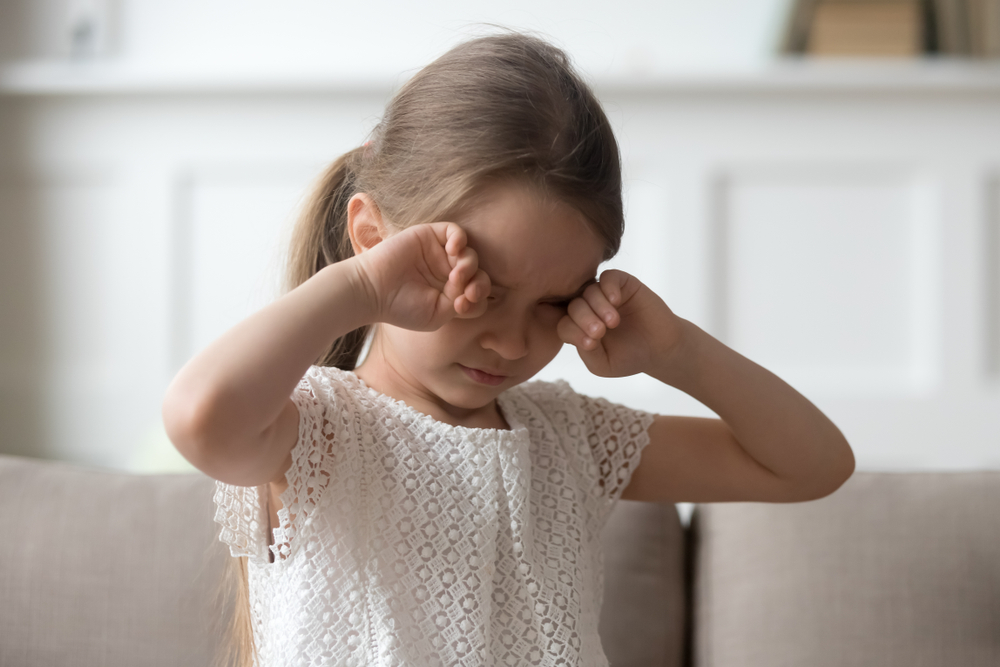Blink Eyecare and Eyewear Blog
Learn more about optometry care in our blog!

In a world where screens dominate classrooms, offices, and even our downtime, visual comfort has never been more important. Students and professionals alike spend hours each day focusing on computers, tablets, and phones - often leading to eye strain, headaches, and fatigue. Fortunately, there’s an innovative solution designed to ease that daily discomfort. At BLINK Eyecare and Eyewear, we provide Neurolens in Charlotte to help you experience lasting relief and improved focus throughout your day.

Children today spend more time on digital screens than ever before - between schoolwork, gaming, and social media, their eyes are constantly focusing, refocusing, and adjusting. While adults often notice when their eyes feel tired, children may not always recognize or communicate that something is wrong. Important for parents to understand the signs and symptoms of eye strain in children and what can be done to help.

Orthokeratology, more commonly known as Ortho-K, has been widely recognized for helping children slow the progression of myopia (nearsightedness). But a common question many patients ask is: Can adults benefit from Ortho-K too? The answer is yes. Adults can experience excellent vision correction and lifestyle advantages from Ortho-K lenses, making them a versatile and effective choice for many different age groups.

Do you find yourself battling frequent headaches or experiencing blurry vision after a long day on digital devices? With the rise of screen time in both our personal and professional lives, more people than ever are reporting discomfort linked to prolonged visual tasks. At Blink Eyecare and Eyewear, we help patients understand what’s behind their visual discomfort and offer advanced solutions, including Neurolens®, to help you find relief.

Waking up with itchy eyes can be a frustrating way to start your day. While it’s common to blame pollen or seasonal changes, morning eye itching can be triggered by a variety of factors you might not expect. Understanding the underlying causes is the first step to finding relief and protecting your eye health.

As screen time continues to rise, so do complaints of tired, dry, and uncomfortable eyes. Digital eye strain has become a common issue for people of all ages, driven by prolonged use of computers, tablets, and phones. While the symptoms can be frustrating, digital eye strain is not a permanent condition. With targeted care and advanced treatment options like Neurolens, relief is achievable.

Myopia, or nearsightedness, is a growing concern among children and young adults. It affects the ability to see distant objects clearly and often worsens over time due to continued eye growth. While glasses and standard contact lenses correct vision, they don’t address the underlying issue.

Protecting your eyes during allergy season can make a big difference in your comfort and overall eye health. Simple daily habits, awareness of your environment, and the right eye care products can help you minimize irritation. If your symptoms are persistent or severe, professional care can help you find relief and rule out other concerns.

If you’ve ever struggled with dry, irritated eyes, you’ve likely reached for a bottle of artificial tears. They’re a go-to remedy for many people in Charlotte looking for quick relief. But not all artificial tears are the same. One key difference? Their viscosity—or thickness—can impact how well they work for your specific type of dry eye.

In today’s modern world, most of us spend hours in front of screens—whether it's for work, school, or entertainment. While technology has undoubtedly made life more convenient, it has also led to a rise in a condition known as Computer Vision Syndrome (CVS), also called Digital Eye Strain. The symptoms of CVS, including headaches, neck pain, blurry vision, and eye strain, are becoming increasingly common as screen time continues to grow. If you’ve been struggling with these symptoms, Neurolens might be the solution you need.












